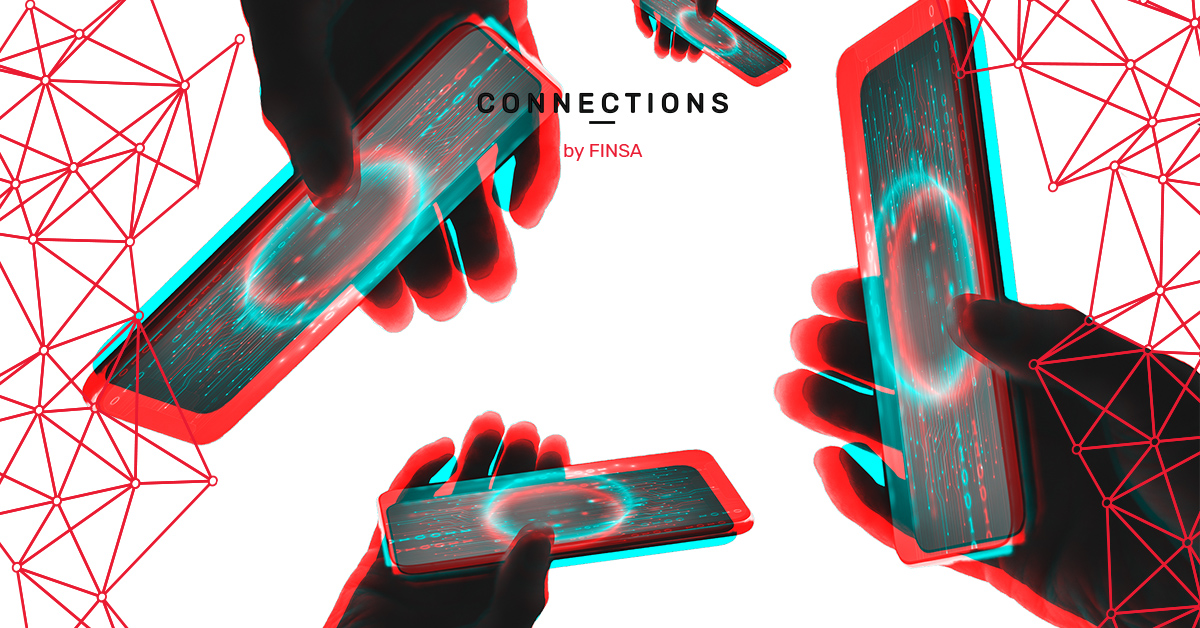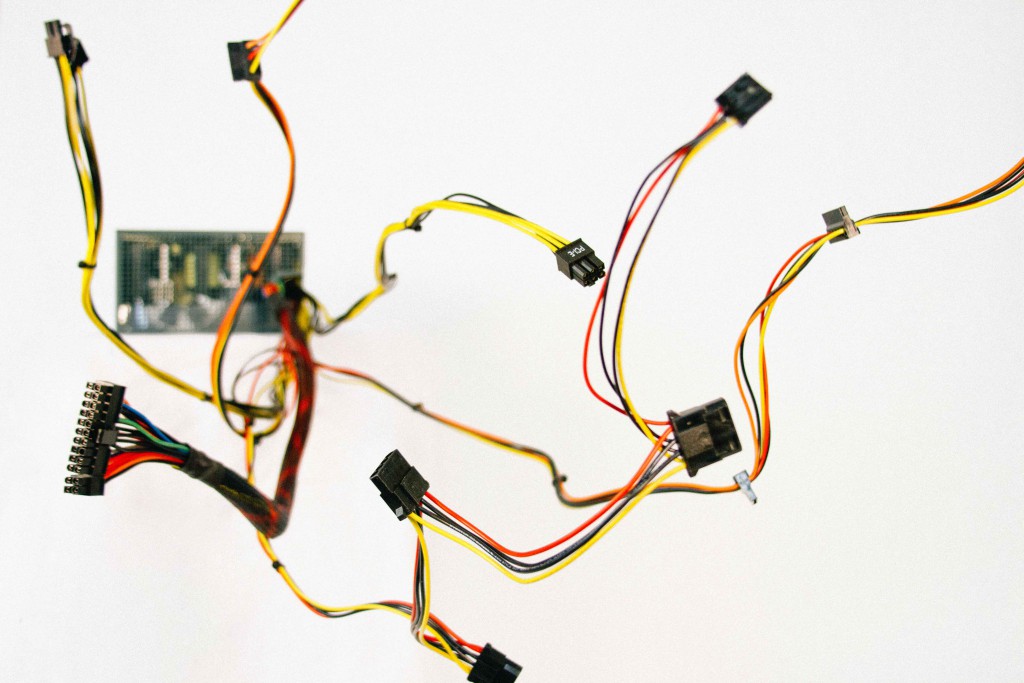A new word has officially entered our vocabulary: hackathon, from a combination of ‘hacker’ and ‘marathon’. You’ll be hearing it more and more, especially in the world of technology, programming, and IT development. It refers to a ‘marathon event’ during which ‘hacks’ are designed, resulting in experimental and creative solutions to specific problems.
What is a hackathon?
A hackathon is based on the idea of collaborating to solve problems and has been used in many sectors outside IT, including architecture, design, and interior design.
It’s all about a horizontal organisational structure based on groups that are guided by projects and challenges. With people from different professional backgrounds taking part, the idea is that each person’s experiences and knowledge should complement that of the other participants, leading to concrete solutions.
Hackathons originated in the hacker culture, which arose at MIT in the early 1960s with the idea of working on projects in a collaborative way and sharing labour. It wasn’t until the late 90s that hackathons became more common in the programming world and programmers would get together to work on a particular software or hardware project.
How is a hackathon organised?
Hackathons are large meetups at which each creator works individually or with a small team. A hackathon may take place over 24 or 48 hours, or it may last for several weeks.
At the end of the established time, the projects are presented. This analysis allows the best possible solutions to be found, which might mean a mix of several of the ideas that are proposed. In this way, a hackathon encourages creative thinking and leads to new and innovative concepts, ideas, and prototypes thanks to collective thinking.
This approach to innovation is a challenge for start-ups and entrepreneurship, the field in which hackathons are most popular, as well as for established companies. This formula has the power to change the sector entirely. How will it do this exactly? With new ideas and solutions that allow entrepreneurs to work closely with the directors of successful companies.
Because these events bring multidisciplinary teams together, they provide participants with the opportunity to expand their network of professional contacts and potential future collaborators. It can also help the participating companies discover new talent as well as develop new ideas and skills in a fun, competitive, yet controlled environment.

Things that have become part of our daily lives, such as ‘liking’ a post or Facebook chat, were actually the results of internal hackathons at Facebook, a company that has organised more than 50 of these events. Even NASA jumped on the collective thinking bandwagon by organising the biggest hackathon in the world in California in 2016.
Architecture and interior design hackathons
Hackathons also exist in the architecture world and have gained popularity over the last few years with goal of coming up with fast and efficient solutions. One of the most recent was the architecture hackathon held at the end of 2020 as part of the Open House Valencia festival.
This hackathon was aimed at architecture students and the challenge was to come up with an urban planning idea that would improve the landscaping of interior courtyards in the Rufaza area of Valencia. It was all about applying innovative ideas to new models of urban life that are based on mobility, integration, and the wellbeing of those who use this space.
Three years prior, a hackathon was held in Zaragoza as part of the MIE program, with the support of the University of Zaragoza. The aim was to create useful spaces that could be transformed, put together, and dismantled depending on what was required at any given time.
Big companies are also finding solutions by using hackathons. In 2016, SEAT organised a hackathon for architecture students from Spanish and German universities with the goal of designing the brand’s museum.
That same year, we saw how Madrid might look in the future thanks to the innovative tech challenges at the first edition of the Hackathon Madrid Change. It consisted of a marathon of ethical ideas that would improve Madrid and was backed by the Instituto Europea Di Design, IED Madrid, and Google Campus Madrid. Design Sprint, a design methodology that originated in Silicon Valley, was. The approach is based on collective design and creating prototypes quickly.
In these fast-paced, ever-changing times, hackathons are the quickest and most effective way for different disciplines and sectors to join forces. And as we’ve seen, they have applications far beyond the world of tech.




